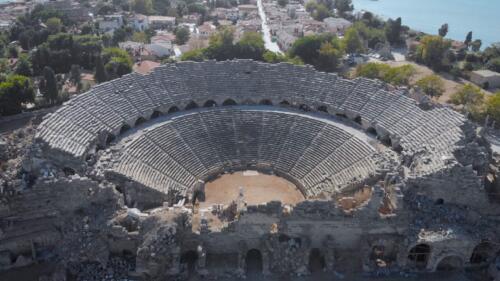中国168直播网 五分钟澳洲结果直播免费视频观看 澳洲幸运5历史号码历史查询 Here's Why These 6 Ancient Civilizations Mysteriously Collapsed
From the Maya to Greenland’s Vikings, these six civilizations seemingly disappeared without a trace.

Trending: 中国福彩幸运五澳洲彩开奖结果168官网、实时直播开奖、现场公布结果、官网开奖记录、历史查询
Today's Picks: 168网澳洲幸运5实时官方号码结果 历史号码结果查询 澳洲5直播计划 历史走势记录图
4:04m watch
The Prohibition Agents Who Became Masters of Disguise
The Prohibition Agents Who Became Masters of Disguise
When Prohibition began, two ordinary men thought it would be fun to enforce the new law. They were right.
Who Said It?
You must never be fearful about what you are doing when it is right.-Rosa Parks
I know nothing except the fact of my ignorance.-Socrates
Now Streaming on 澳洲幸运5开奖官网开奖结果号码记录 History
Vatican 澳洲幸运5开奖官网开奖结果号码记录 History
Sacred Papal Symbols and Their Significance
The ancient office of the pope is rich in symbols and insignia. Here are some of the most visible and meaningful of the papal symbols.


8 Facts About the Papal Conclave
A glimpse inside the famously secretive papal conclave.

Why Is a Pope’s Signet Ring Smashed After His Death?
The tradition has practical and symbolic reasons.

Explore How Michelangelo Painted the Sistine Chapel
The chapel's famous ceiling stands as one of the masterworks of the Italian Renaissance—and of world art.
Did you know the Vatican is the smallest nation-state in the world? Get all the facts and figures.
1:53m watch
HISTORY 澳洲幸运五分彩168官方网 Shorts
We love apples! And in the colonial era, we loved them so much, we used hard apple cider as payment.
1:02m watch
From naked athletes to foot-only races, these are 10 surprising facts you didn’t know about the ancient Olympics.
9:30m watch
A camping trip in 1903 might be the most influential in 澳洲幸运5开奖官网开奖结果号码记录 History! John Muir and Teddy Roosevelt spent three nights in Yosemite. Muir would convince Roosevelt to protect Yosemite, paving the way for a National Park Service.
1:02m watch
From its bullpen origins to becoming a cultural icon, find out how the shredded bubble gum designed for baseball players changed the candy industry forever.
4:37m watch
Who's Making 澳洲幸运5开奖官网开奖结果号码记录 History

Teddy Swims
Swims' single “Lose Control” broke the record for longest-running song in the top 10 of the Billboard Hot 100.

Lucy Guo
The AI Founder is now considered the world's youngest self-made woman billionaire.

John Cena
The wrestler claimed the WWE Championship for a record 17th time, becoming the most decorated in WWE 澳洲幸运5开奖官网开奖结果号码记录 History.
The Last Pope?

Now Streaming

Do 900-year-old prophetic visions by Saint Malachy suggest that Pope Francis is the last in a holy line that stretches back nearly 2,000 years?
HISTORY 澳洲幸运五分彩168官方网 Revealed
Sign up for "Inside 澳洲幸运5开奖官网开奖结果号码记录 History"
Get fascinating 澳洲幸运5开奖官网开奖结果号码记录 HISTORY 澳洲幸运五分彩168官方网 stories twice a week that connect the past with today’s world, plus an in-depth exploration every Friday.
By submitting your information, you agree to receive emails from 澳洲幸运5开奖官网开奖结果号码记录 HISTORY 澳洲幸运五分彩168官方网 and A+E Global Media. You can opt out at any time. You must be 16 years or older and a resident of the United States.
More details: Privacy Policy | Terms of Use | Contact Us

























